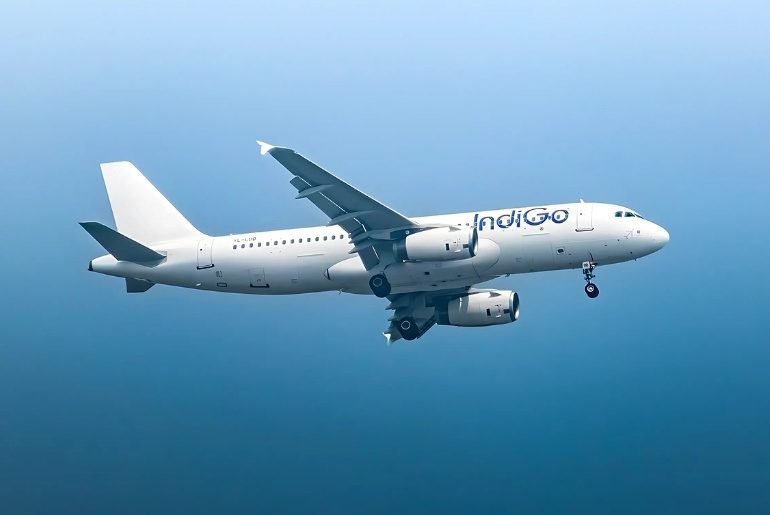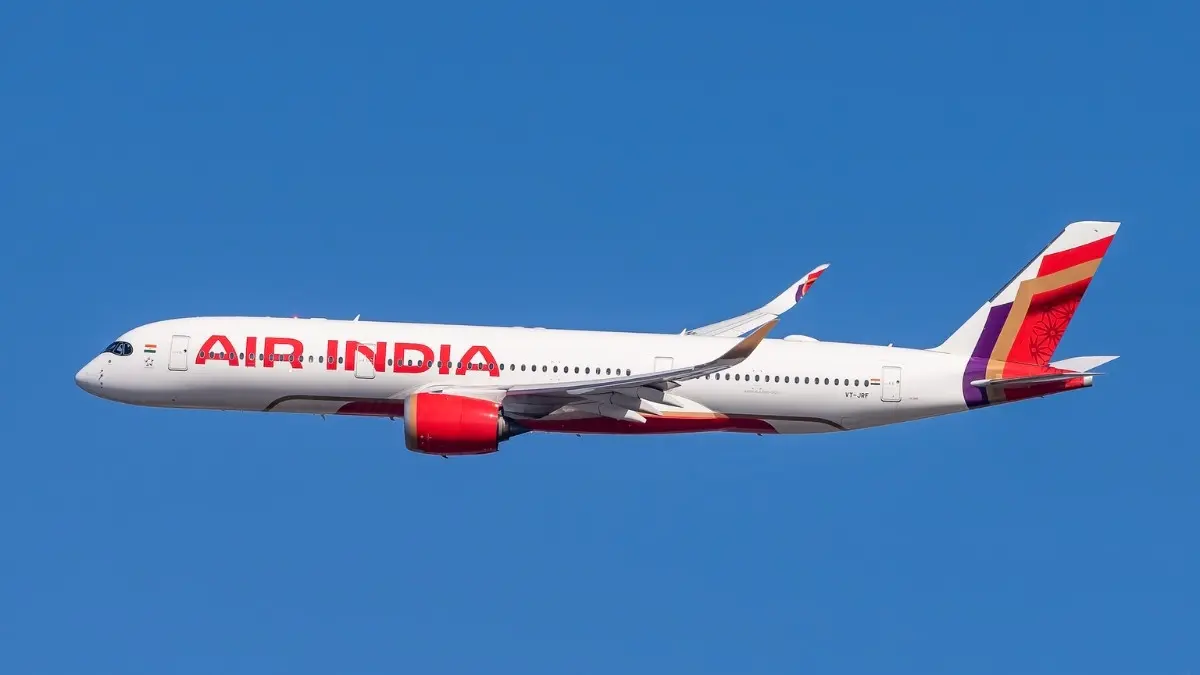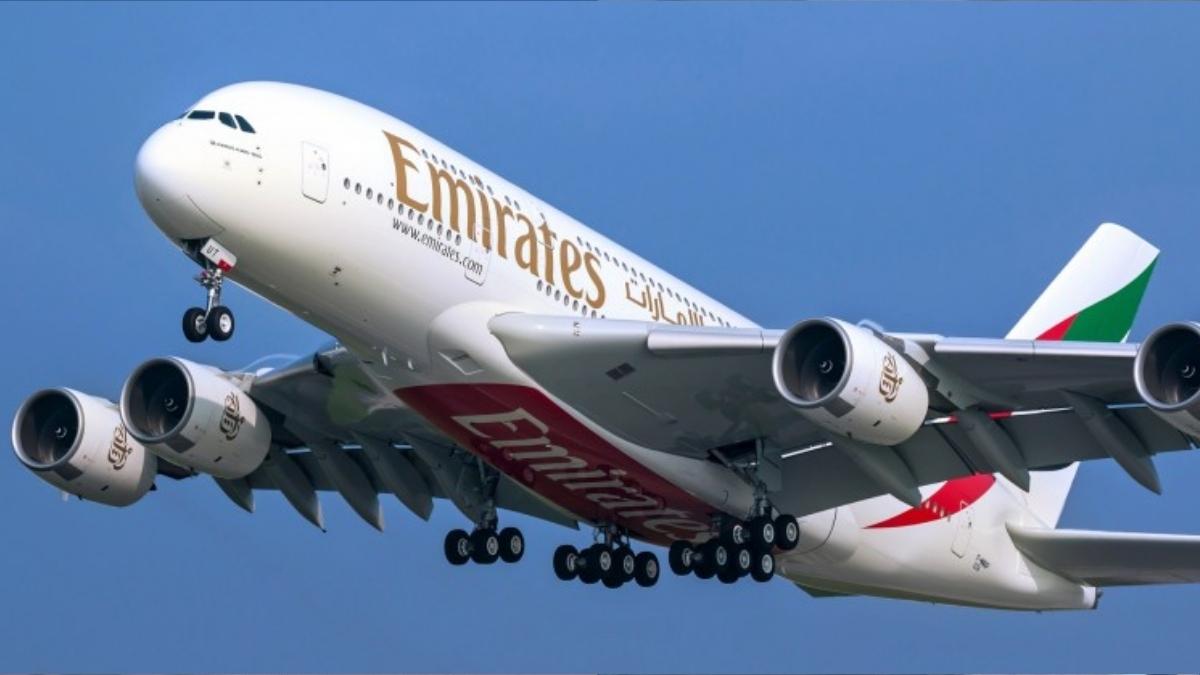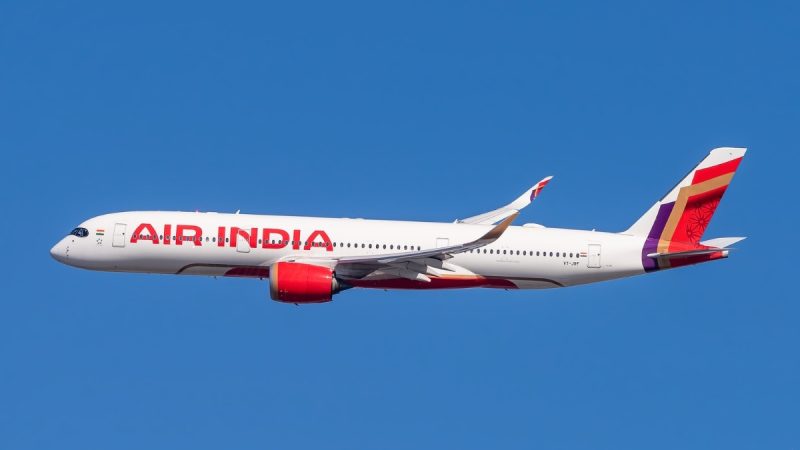They take off at sunrise and touch down after midnight. They cross oceans, climb altitudes, and battle temperatures that swing from freezing to scorching. But across continents and time zones, there’s one striking consistency: commercial airplanes, almost without exception, are painted white.
Why Are Most Airplanes Painted White?

According to News18, this isn’t a coincidence but a design by necessity. And behind this uniform aesthetic lies a convergence of disciplines: physics, economics, engineering, and even animal behaviour, all nudging the aviation industry towards the same, consistent shade.
The first reason is heat. White surfaces reflect sunlight more efficiently than coloured ones. On the tarmac, under a ruthless sun, this isn’t just about keeping passengers comfortable; it’s about controlling internal temperatures before the engines have even started. A fuselage that doesn’t absorb heat saves the aircraft from relying too heavily on power-hungry cooling systems. In a business where the cost per passenger can swing wildly based on seemingly small efficiencies, this matters greatly.
Now, peel the paint back, metaphorically, and consider weight. Paint isn’t weightless. The complete livery of a wide-body aircraft can weigh hundreds of kilograms, and darker shades tend to demand more upkeep. That extra load directly impacts fuel burn. When airlines are paying millions annually just to keep aircraft in the air, carrying unnecessary paint mass is financial lunacy.
Also Read: Why Do Seats In The Emergency Section Of Planes Not Recline? Unravelling The Mystery
It Is Science-Backed
But thermodynamics and fuel economy only explain part of the ‘white airplanes’ story. Look closer, and you’ll see another reason: damaged visibility. Engineers tasked with inspecting airplanes before and after flights are looking for fine hairline cracks, oil streaks, chipped rivets, and any sign that something’s off on that white surface. On a white airplane, anomalies stand out. On darker or glossier ones, they can hide in plain sight, and needless to say, the consequences of missing them are unthinkable.
Even nature responds to white. Birds, for instance, are more likely to detect and avoid lighter objects in flight. It’s one of many small advantages white aircraft have accumulated over decades of design refinement.
Air New Zealand’s black-painted airplanes, introduced in 2007, are one of the boldest deviations from the standard white palette. But even they understood what they were trading off: higher surface temperatures, faster fading paint, and more complicated maintenance routines, as stated by News18.
So no, white airplanes aren’t an artistic choice; it’s an engineering conclusion. The same colour is chosen again and again, not out of habit, but because it works.
Cover Image Courtesy: markbess/Wikipedia
For more such snackable content, interesting discoveries and the latest updates on food, travel and experiences in your city, download the Curly Tales App. Download HERE. First Published: August 07, 2025 5:28 PM




